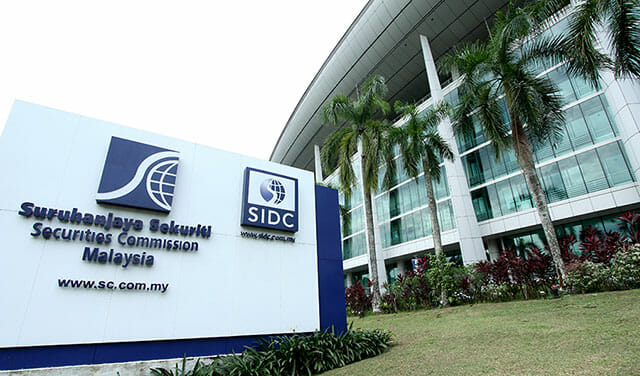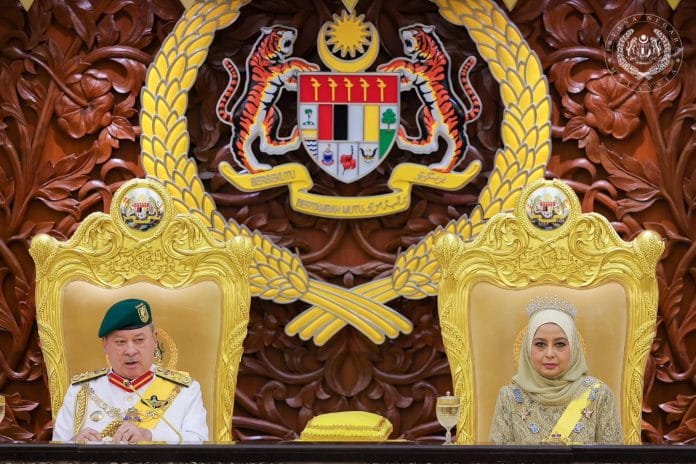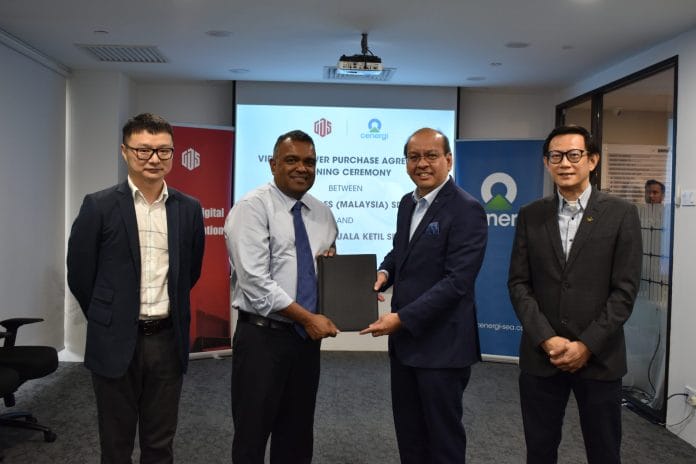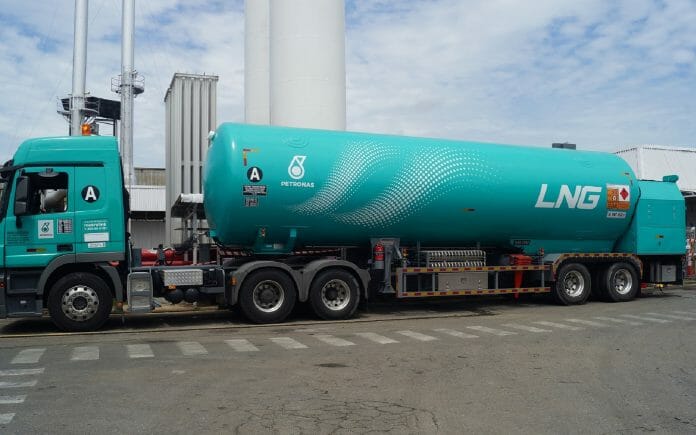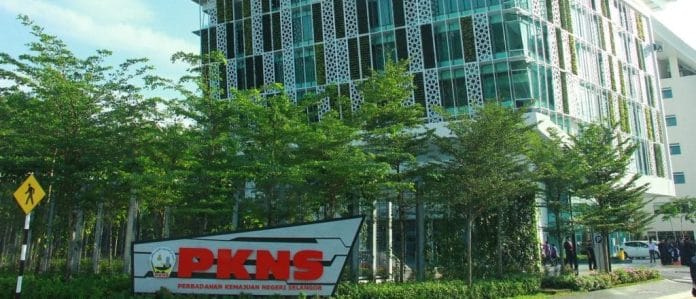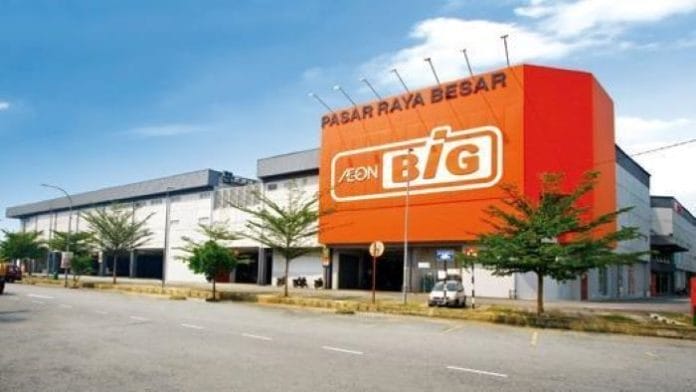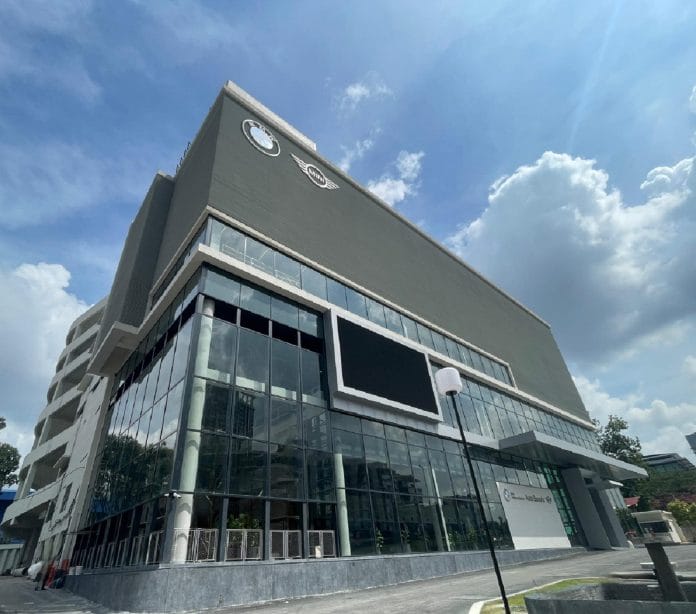“The stock market is not the economy.”
This truism has rarely been more relevant, as the extraordinary boom in a handful of mega tech stocks revs Wall Street up to new all-time highs even as many sectors lag behind and economic growth seems set to decelerate.
But at least the United States is still tracking ‘real’ inflation-adjusted economic growth rates of 3% or more – putting nominal growth at well over 5% while annual S&P 500 corporate profit growth through last year topped 10%.
Some excuse then.
But it’s a much bigger puzzle elsewhere. Japan has just recorded a technical recession and Europe’s economy has barely grown at all over the past two years, yet the Nikkei 225 and Stoxx 600 this week smashed their way to the highest levels on record too.
Whenever stocks break into rarified territory comparisons with previous peaks are drawn, questions over the durability of the rally mount, and bubbles talk percolates.
Such consternation is more acute if the good times on Wall Street are not replicated on Main Street. Yes, U.S. unemployment is historically low and growth was surprisingly strong last year, but few think either will be sustained.
Luckily for equity investors, the market seems to have a momentum of its own beyond the ‘real economy.’
“A better correlation for markets than the macro picture is how corporate earnings are trending. And they are trending quite healthy,” notes Justin Burgin, director of equity research at Ameriprise Financial (NYSE:AMP).
BUFFETT INDICATOR
Often in such times, metrics like the ‘Buffett Indicator’ are used to highlight the risk that stock prices are poised to come tumbling down from their lofty peaks.
This is the eponymous index used by veteran investor Warren Buffett, a ratio of equity market cap relative to gross domestic product, which indicates whether stocks are over- or under-valued.
Depending on the market measure used, it shows that the total value of U.S. stocks is currently between one and a half times to nearly twice as high as annual GDP. That’s historically very high.
The index is not without its flaws. It sets the value of all goods and services produced in the economy over a year against an equity market cap on any given day – essentially a ‘stock versus flow’ comparison.
It doesn’t account for 15 years and trillions of dollars worth of central bank monetary largesse that have juiced asset prices far more than economic activity.
However, according to a 2022 paper by Laurens Swinkels, associate professor at Erasmus University in Rotterdam, and Thomas Umlauft at the University of Vienna, it is a “crude, but straight-forward” way of measuring investor sentiment towards stock markets over the ‘real’ economy.
Swinkels, who is also executive director of research at Robeco, and Umlauft make the simple point that as more economic resources are deployed in capital markets, “equity prices are being driven up without a commensurate increase in ‘real’ economic activity, and expected returns fall.”
But it can be years, up to a decade, before stretched valuations lead to “substantial” losses, they add.
“The Buffett Indicator and others are saying you should be concerned at this point in the cycle, although it doesn’t tell you what’s going to happen over the next 6-12 months,” notes Colin Graham, a colleague of Swinkels at Robeco.
SWEET SPOT
Right now, equities appear to be in a sweet spot – the consensus U.S. 2024 earnings growth forecast is tracking 10%, and America is the unrivaled global tech and artificial intelligence leader.
U.S. valuations on aggregate may be high, but are nowhere near the peaks of 1999-2000 or even three years ago. The interest rate horizon is favorable – the next move will likely be lower – and corporate and household balance sheets are in relatively good shape.
Valuations are much lower in Europe and still relatively cheap in Japan, where real interest rates will remain deeply negative even after the Bank of Japan ends its ultra-loose policy.
What’s more, corporate Japan is also getting a huge boost from the weakest exchange rate and loosest financial conditions in over 30 years. Little wonder so many investors are so bullish on Japan even though the economy is in technical recession.
“Our biggest long in equities is Japan,” says Tom Becker, a portfolio manager on the Global Tactical Asset Allocation team in BlackRock (NYSE:BLK)’s Multi-Asset Strategies & Solutions group.
“We like the structural story: Japan getting out of the debt/deflation trap, the weak yen is good for earnings, and corporates can raise margins again,” Becker adds.
Persistently higher interest rates and bond yields, a sharp rise in unemployment, or a financial shock could quickly turn things sour. But for now, the sweet spot for equities across the developed world looks like it can persist. – Reuters




